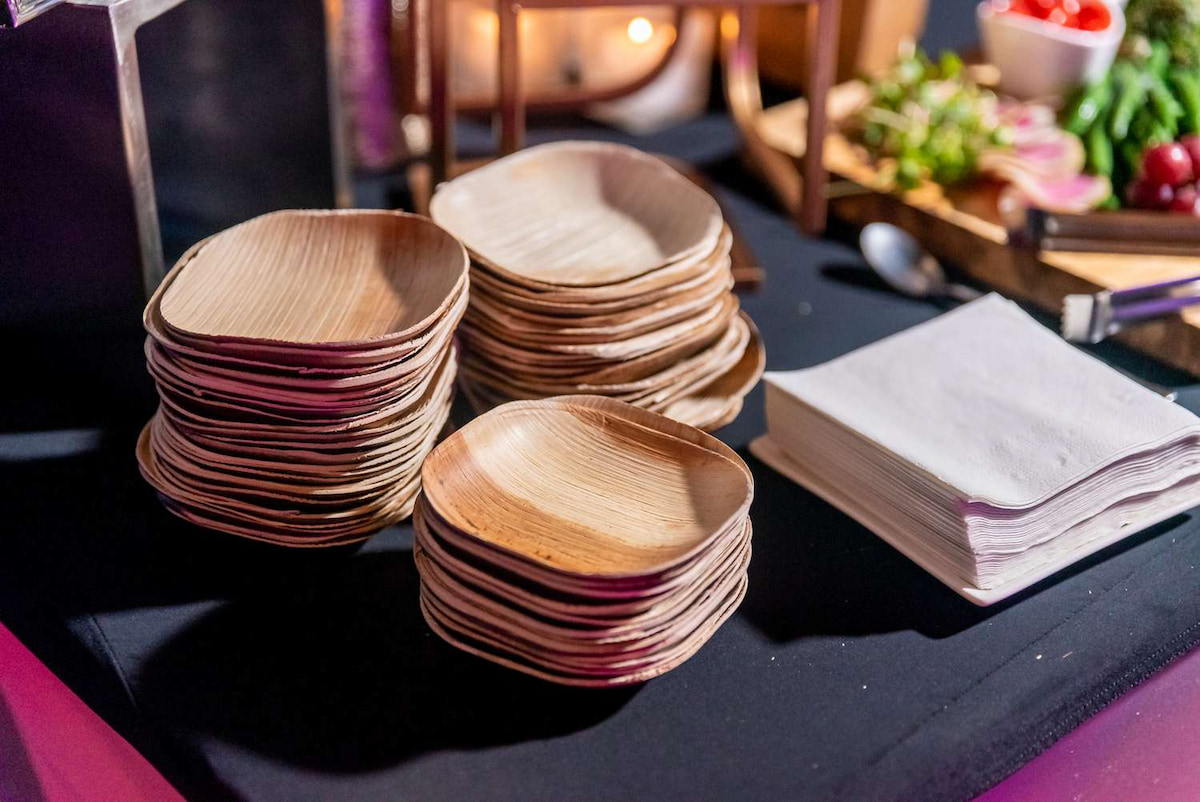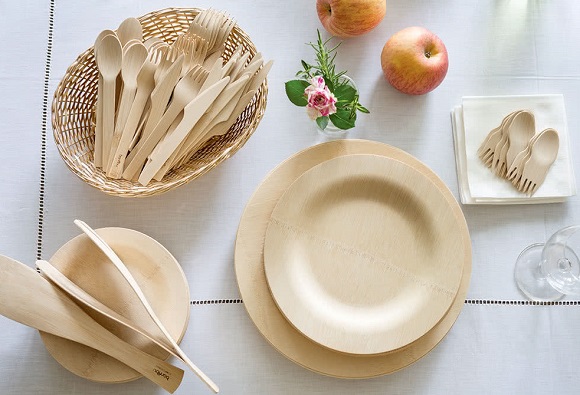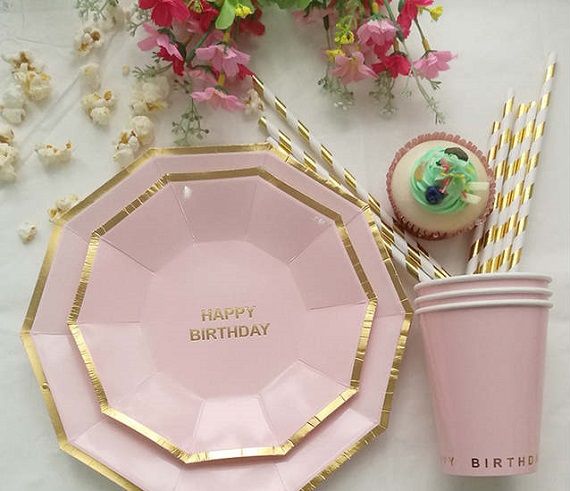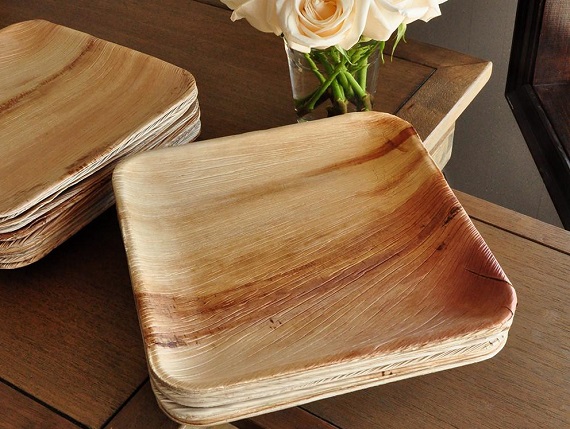From sandwich joints to Chinese restaurants, pizzerias and event caterers – many businesses in the food industry rely on disposable plates. But traditional disposable plates are made of single-use plastic which can take hundreds of years to decompose. They also can’t be recycled as they are too lightweight and thin, and get contaminated by the food placed in them. As a result, after the customers finish their food, the disposable plates are thrown out after just one use, and end up in our landfills, polluting our soil and our waterways. So, what can be done to solve this problem?
If you’re a business that relies on disposable flatware, the best solution for the environment is to entirely stop using it. But since this isn’t always possible, you can at least try using some alternatives which are more eco-friendly. Yes, you read it right! There are plates that can be disposable and green at the same time. With that being said, if you want to help the environment and expand your customer base by attracting people who support businesses that generate less plastic waste, here are some of the options you can consider.
Compostable Bamboo
Bamboo is one of the best materials for disposable plates for many reasons. For one, bamboo is one of the fastest-growing plants, which means bamboo plates are a more sustainable option than paper ones (more on that later). Since they are made from organic material, bamboo disposable plates are 100% biodegradable and compostable or in other words, they can degrade into nutrient-rich organic matter that can be used to fertilize plants. As opposed to plastic, bamboo only takes 4-6 months to decompose, which means that even if it’s not used as compost, it won’t landfills.
What’s more, bamboo disposable plates look nicer and are more durable than plastic or paper tableware. As such, they are a very attractive option when catering at fancy outdoor events with hundreds of people when using ceramic plates simply isn’t feasible. In addition, many businesses prefer to purchase bamboo disposable plates as they are stronger and prevent oils and liquids from soaking through, which means less cleaning up. Bamboo is also a material that’s microwave and refrigerator safe, which makes these plates incredibly convenient for heating up food in them. Although they might be more expensive than paper plates, when purchasing bamboo disposable plates in bulk you usually able to get some great discounts.
Paper Plates
Even though paper plates degrade faster than plastic ones, they aren’t entirely good for the environment. Obviously, the large-scale production of paper leads to the destruction of forests worldwide. In addition, to produce white paper plates, the pulp needs to be bleached. This process involves the use of chlorine compounds which hare some of the most hazardous industrial chemicals, known to cause cancer and other problems in living organisms. So, to produce paper plates, the environment is put at risk. With that being said, instead of traditional white paper plates, a much more eco-friendly option is to use Kraft paper plates made from 100% recycled material and which aren’t bleached.
Palm Leaf Plates
The Arecaceae is a type of tropical palm tree that has large leaves which fall frequently. These leaves are often collected by the locals which grind them up into a pulp. The pulp can be used to produce a thin material that can be used for the production of all sorts of things, some of which are disposable plates. Plates made of this palm leaf pulp are thin, but also decompose quickly when discarded. In addition, the production process involves no chemicals which means it doesn’t cause any pollution. However, the downside to these plates is that they can’t be used with foods that are juicy as any liquids can soak through.
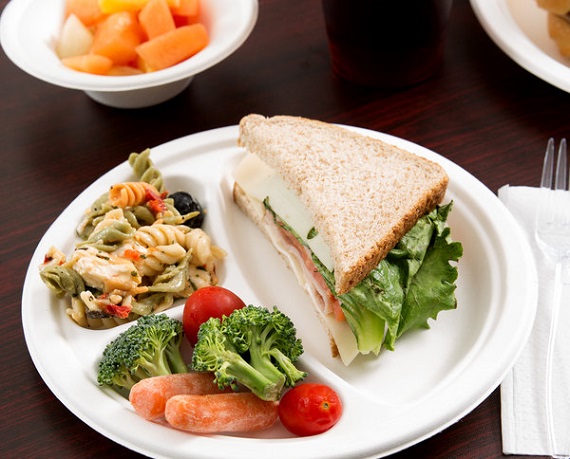
Bagasse Plates
Bagasse is the by-product when sugar cane is processed. Since they are made from something that would have normally been thrown away, bagasse plates are some of the most sustainable disposable plates. In addition, they can also decompose super fast and are resistant to high temperatures, making them suitable for reheating purposes. Bagasse is also commonly combined with bamboo to make the plates stronger.
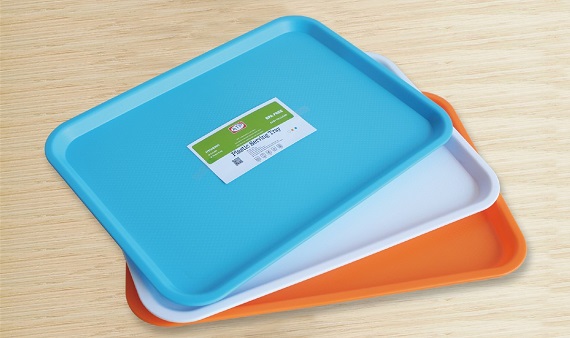
Biodegradable Polypropylene
Although it may sound strange, there are some environmentally-friendly plastic disposable plates for the businesses who like to offer the traditional option to their customers. Polypropylene plates contain special additives that allow them to degrade faster than regular plastic does. Although they might not take hundreds of years, these plates still need 1-5 years to decompose which means they aren’t as eco-friendly as the other alternatives we’ve listed.
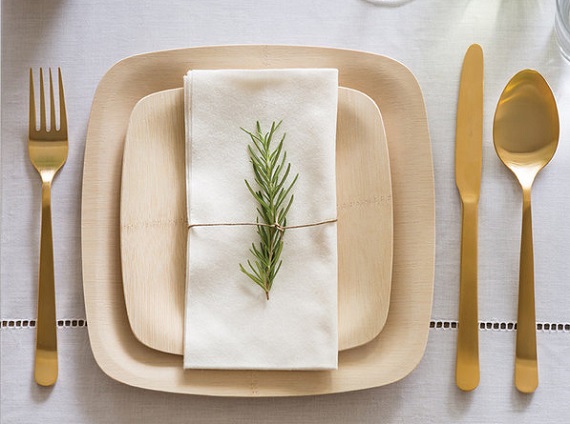
The Final Verdict
While all these options have their own advantages, bamboo disposable plates outperform them by being the strongest. Metal forks and knives can be used on them without any problem. They also have an elegant, smooth look which makes them suitable for more formal events as well. However, these are just some things to consider, and the final decision is completely up to you.
